Marguerite Cake
Your folders
Your folders
Servings: 1
Author : Aleksandra Crapanzano

Ingredients
Export 5 ingredients for grocery delivery
Instructions
Step 1
Bring the sugar and water to a simmer and cook until all the sugar has dissolved, and the liquid has reduced by half. Remove from heat and allow to come to room temperature. Stir in the crème de cassis.
Step 2
Preheat the oven to 350°F. Butter a 9-inch cake pan, dust it with flour and line it with a round of parchment.
Step 3
Bring the water in a bain-marie to a simmer. Reduce the heat and maintain the water just below a simmer.
Step 4
If using a stand mixer: Set the mixing bowl with the eggs and sugar over the bain-marie and vigorously whisk for 2 minutes to warm the mixture. Remove from heat and immediately lock it into place in the stand mixer and set the whisk speed to medium-high. It should take around 8 minutes for the eggs to triple and very nearly quadruple in size and become quite pale. If you are adding salt or vanilla seeds, do so around the mid-point.
Step 5
If using handheld beaters: Set a mixing bowl with the eggs and sugar over the bain-marie and beat over medium speed for 2 minutes. Remove the bowl from the heat and continue to beat for another 10 minutes, or until the mixture has tripled and very nearly quadrupled in volume and is quite pale.
Step 6
Place a sieve over the mixing bowl and sift in a third of the flour. Using a rubber spatula, give the mixture a few gentle but assertive folds, then sift in the next third. Repeat. Fold only until no streaks of flour remain. Try to deflate the eggs as little as possible.
Step 7
Immediately pour the batter into the prepared pan and bake for 15-20 minutes. Mine is usually ready at 17 minutes, but the timing will depend upon your oven. Invert right away onto a cooling rack and allow to come to room temperature. The génoise can be wrapped in plastic or put in an airtight container overnight. But be sure not to do this until the cake is truly at room temperature, or the trapped heat will alter its texture.
Step 8
When ready to assemble the cake, slice it into two layers horizontally. I like to do this with a long serrated knife. Place the two halves, cut-side up, on a cooling rack over a piece of parchment or a sheet pan to catch drips.
Step 9
Using a silicon pastry brush, brush on the soaking syrup. Do this in at least four stages, letting the syrup absorb after each brushing. These cakes are built to absorb a lot of syrup without getting the least bit soggy—the syrup is integral to the recipe. Try to use all of it. I tend to add it while multi-tasting: add syrup, do something else for five, brush on another dose, etc.
Step 10
When the syrup has been absorbed, either set aside lightly covered for 1-3 hours, while having dinner, or continue to assemble.
Step 11
In a stand-mixer or using handheld electric beaters, whip the heavy cream until it forms soft, billowy clouds. Add the confectioners’ sugar and whip until the peaks hold their shape. Add the cassis and whip to integrate.
Step 12
Spread a quarter-inch layer of jam onto the bottom layer of the génoise.
Step 13
Spread a generous layer of Chantilly over the jam. Lightly place the top layer of the génoise over the Chantilly. Either cover just the top of the cake with another layer of Chantilly or cover the entire cake—top and sides—with Chantilly.
Step 14
If you have some, add a few fresh currants or blackberries to the center of the cake for decoration. Due to the whipped cream, the cake should be eaten within 30 minutes of being assembled or kept refrigerated for up to an hour and then allowed to come to room temperature for ten minutes before serving. Leftovers can be stored in the fridge—it will still be good for a messy breakfast but not for serving.
Top similar recipes
Curated for youYour folders

 419 views
419 viewsCarrot Cake Cheesecake Cake
shugarysweets.com
4.7
(142)
2 hours
Your folders

 339 views
339 viewsCake Mix Rum Cake
southernbite.com
5.0
(6)
60 minutes
Your folders
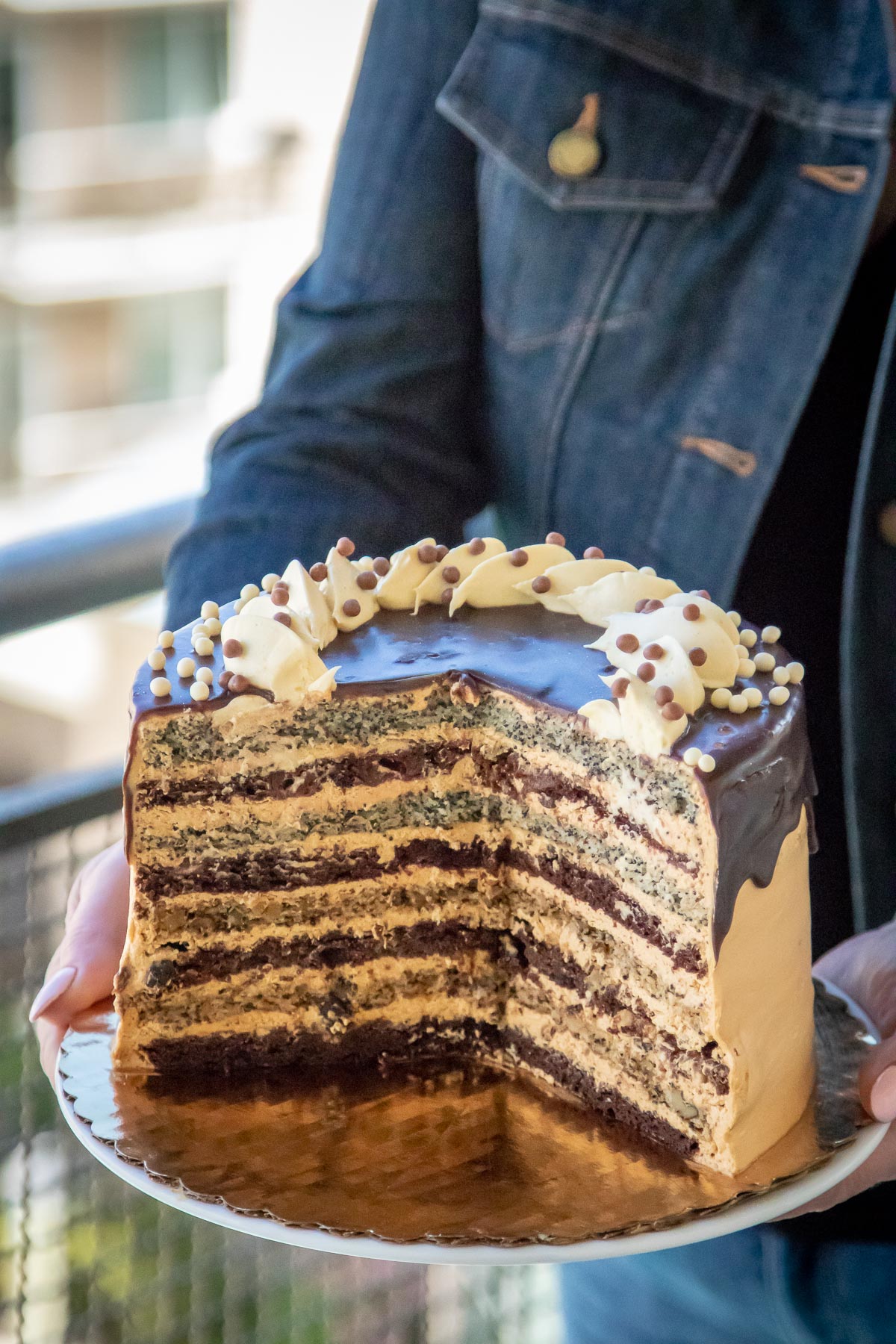
 1170 views
1170 viewsRussian Cake - Korolevskiy Cake
letthebakingbegin.com
4.6
(9)
30 minutes
Your folders

 736 views
736 viewsBirthday Cake {Funfetti Cake}
cookingclassy.com
5.0
(15)
30 minutes
Your folders
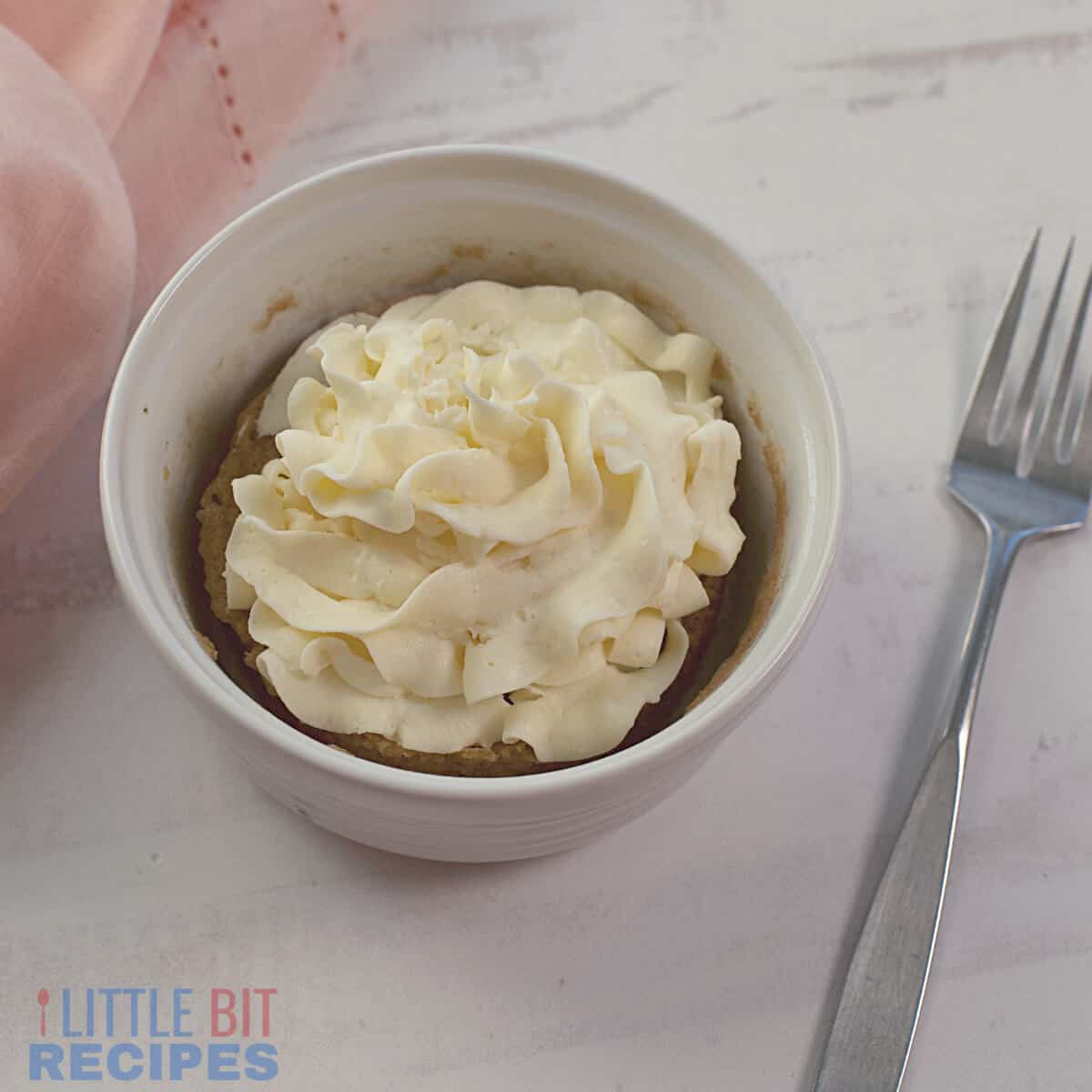
 260 views
260 viewsCake Mix Mug Cake
littlebitrecipes.com
5.0
(26)
2 minutes
Your folders

 289 views
289 viewsBirthday Cake - Cake Pops
whatshouldimakefor.com
3.8
(5)
25 minutes
Your folders
 92 views
92 viewsBirthday Cake - Cake Pops
whatshouldimakefor.com
Your folders
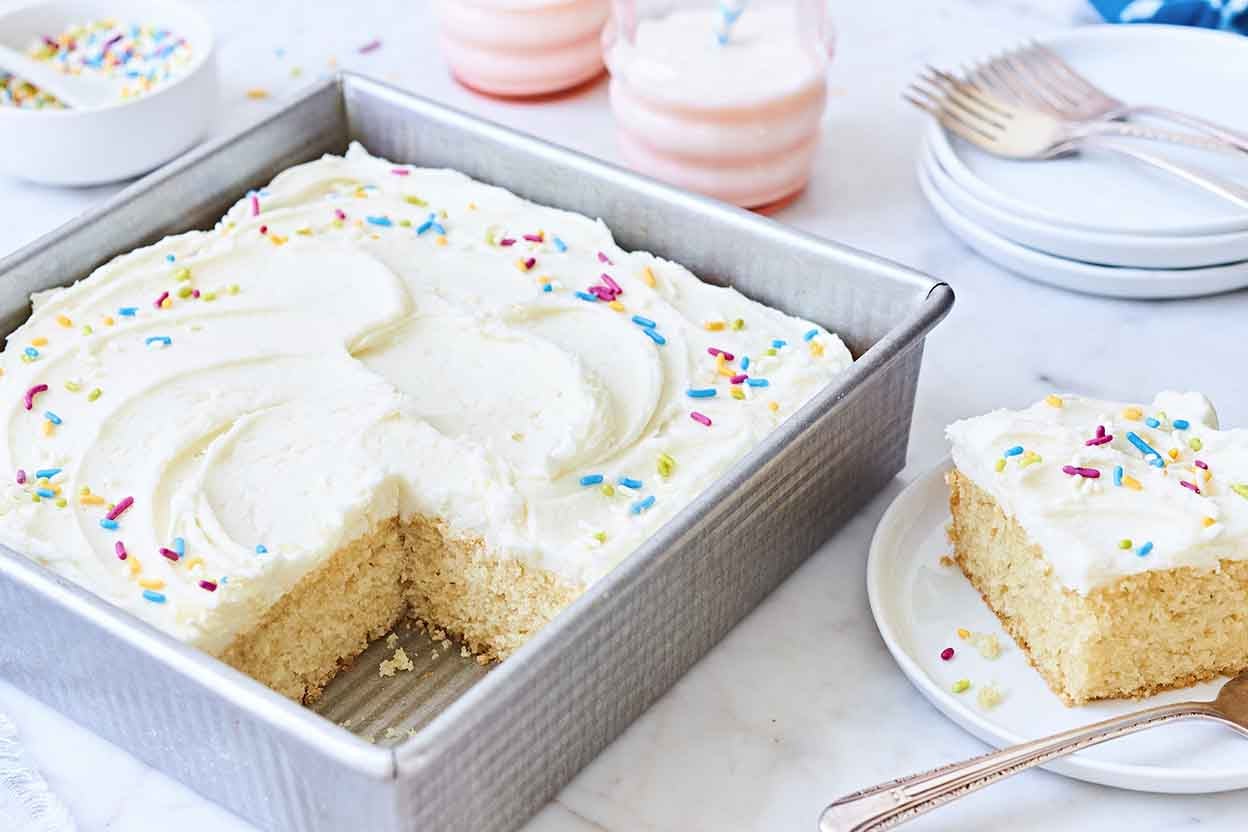
 405 views
405 viewsVanilla Cake Pan Cake
kingarthurbaking.com
4.2
(159)
35 minutes
Your folders

 909 views
909 viewsStotty Cake (Stottie Cake)
lavenderandlovage.com
4.8
(4)
45 minutes
Your folders
 119 views
119 viewsCake Mix Rum Cake
southernbite.com
Your folders

 444 views
444 viewsCarrot Cake Sheet Cake
chelsweets.com
4.8
(26)
40 minutes
Your folders
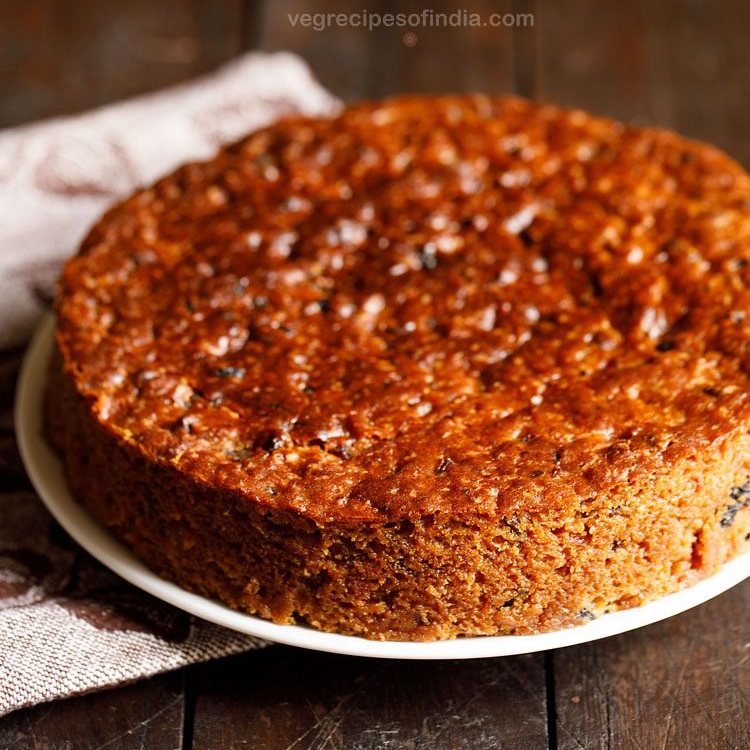
 447 views
447 viewsFruit Cake | Christmas Cake
vegrecipesofindia.com
4.8
(64)
60 minutes
Your folders

 383 views
383 viewsCake Mix Mug Cake
themondaybox.com
5.0
(3)
1 minutes
Your folders

 457 views
457 viewsCarrot Cake Coffee Cake
pinchofyum.com
4.9
(41)
35 minutes
Your folders

 266 views
266 viewsCarrot Cake Bundt Cake!
janespatisserie.com
5.0
(3)
60 minutes
Your folders
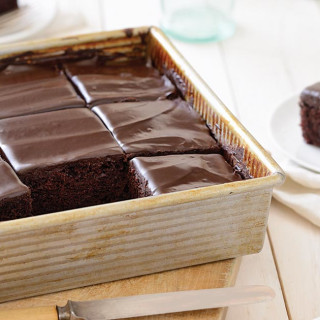
 411 views
411 viewsOriginal Cake-Pan Cake
bigoven.com
5.0
(1)
30 minutes
Your folders
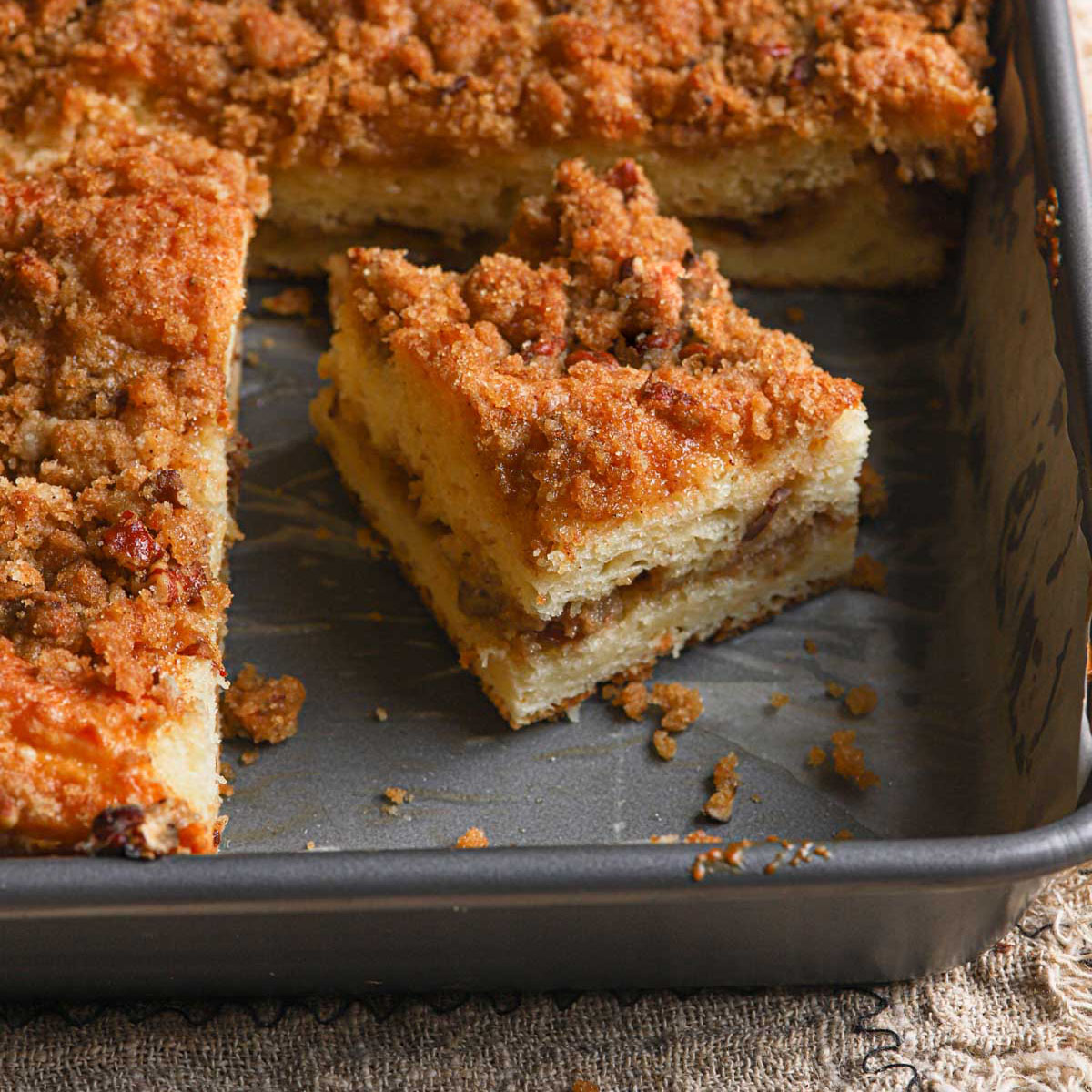
 324 views
324 viewsCake Mix Coffee Cake
browneyedbaker.com
4.9
(20)
45 minutes
Your folders
 106 views
106 viewsCake Mix Coffee Cake
browneyedbaker.com
Your folders
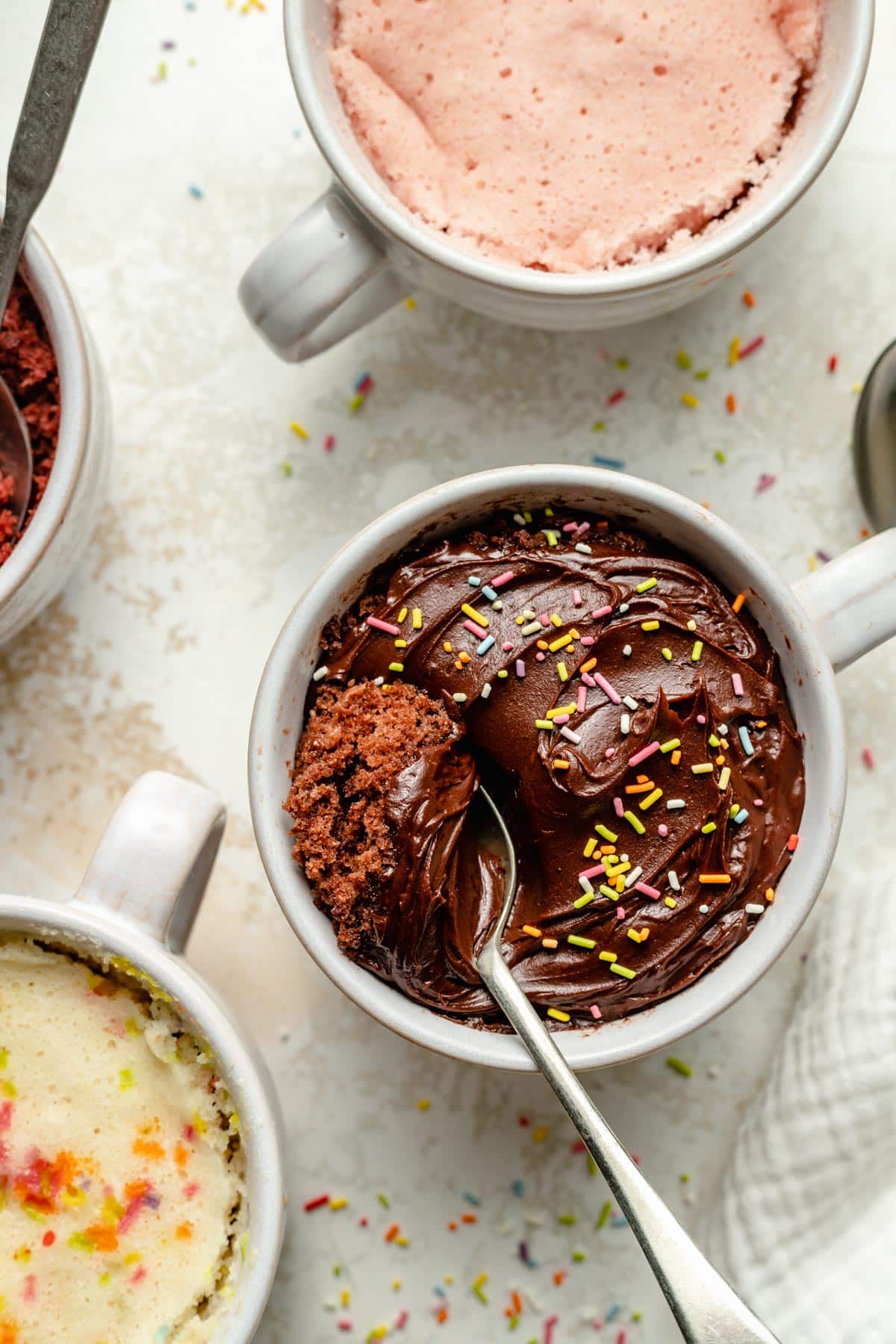
 316 views
316 viewsCake Mix Mug Cake
kimscravings.com
4.9
(33)
1 minutes